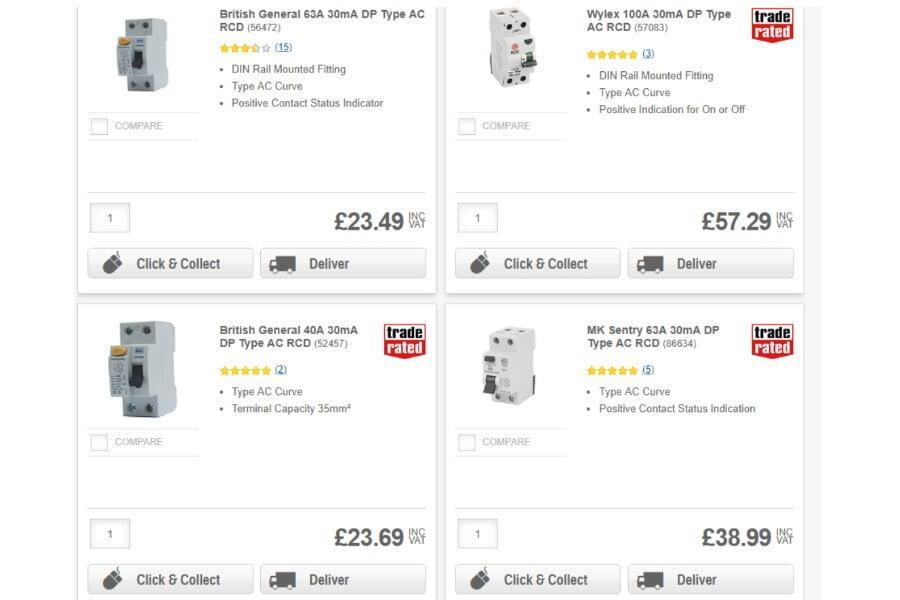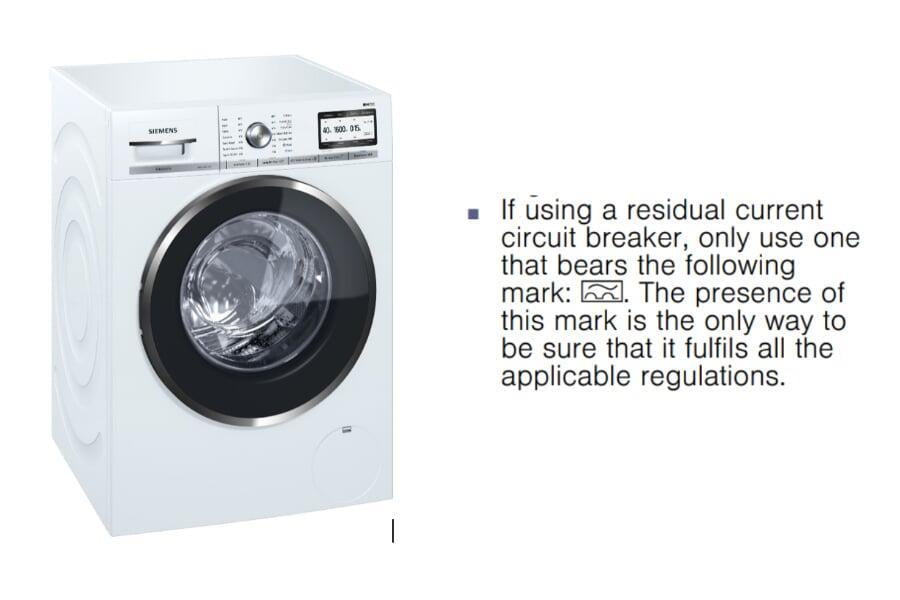Are you fitting the wrong type of RCD?
By Dave Watts
Wednesday 10th April 2019
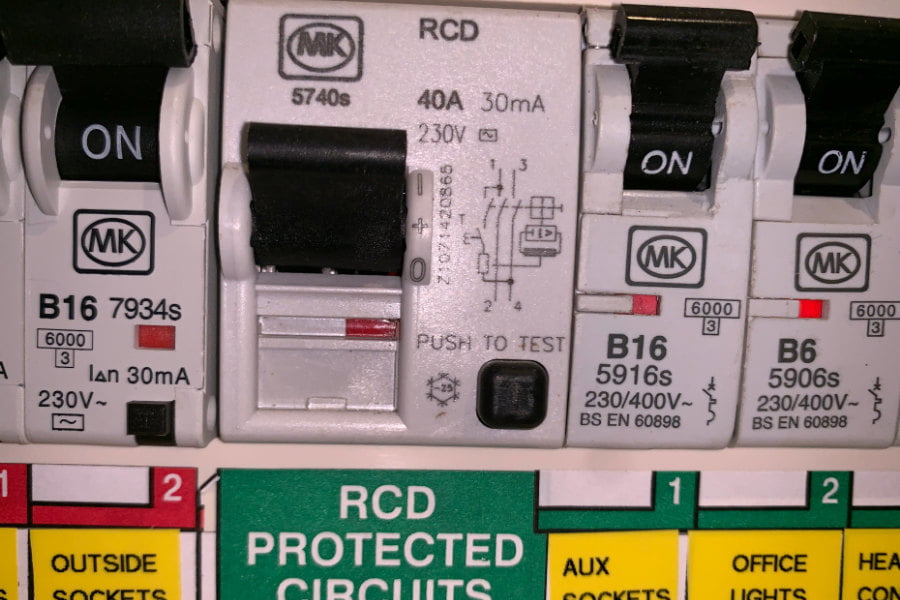
Dave Watts does a deep dive in to the issue of AC RCDs
How an AC RCD operates
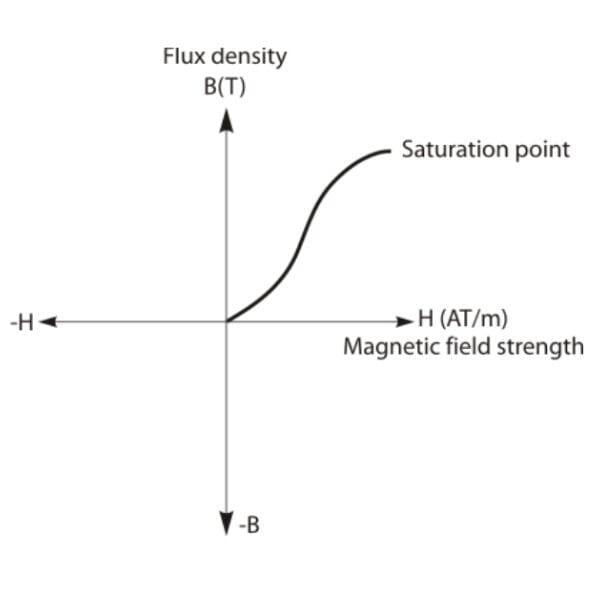
Here the supply has just been switched on and starting from zero, the first peak of the A.C. supply has been reached; the magnetic core is now magnetised. The point where the material cannot be magnetised any further is called ‘saturation’.
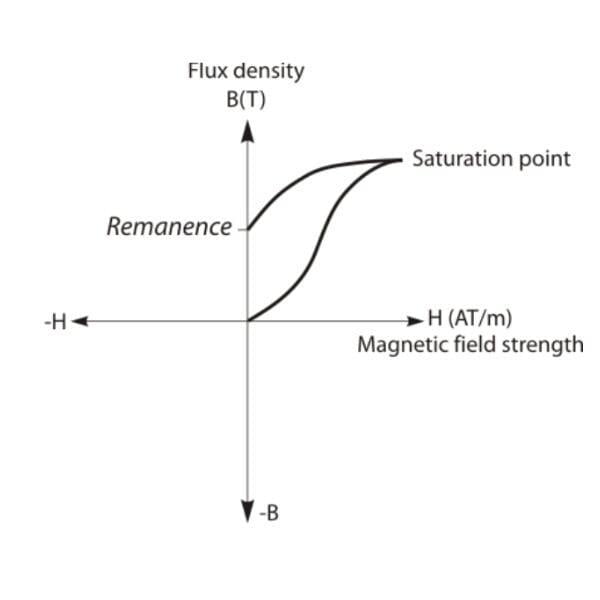
As the supply current starts to fall from the positive peak towards zero, there is still some magnetic charge (flux density) to the material – this point is known as ‘remanence’.
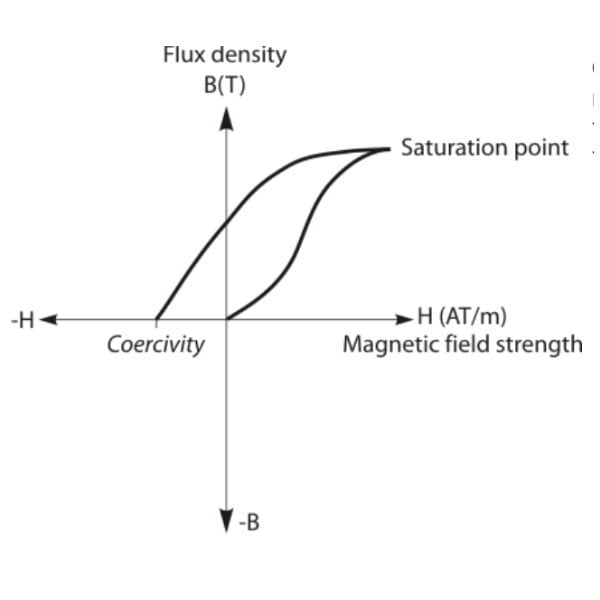
Once the current falls into the negative half-cycle the material loses the charge and reaches a point where it is no longer magnetic.
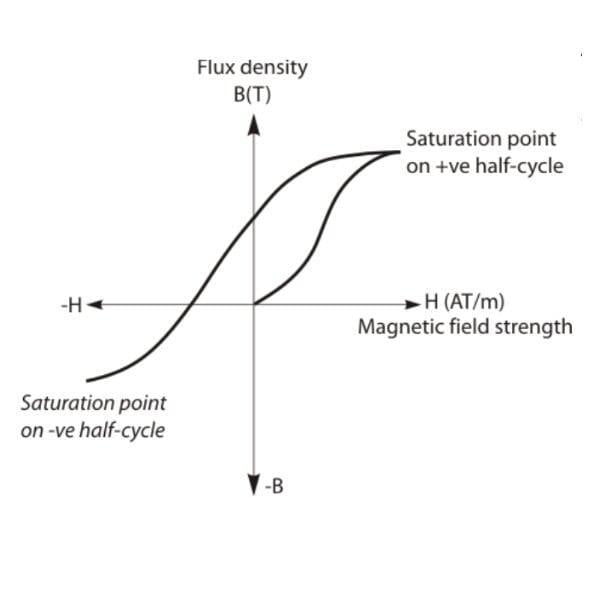
The current carries on to the maximum peak on the negative half-cycle again reaching its saturation level for the negative half-cycle.
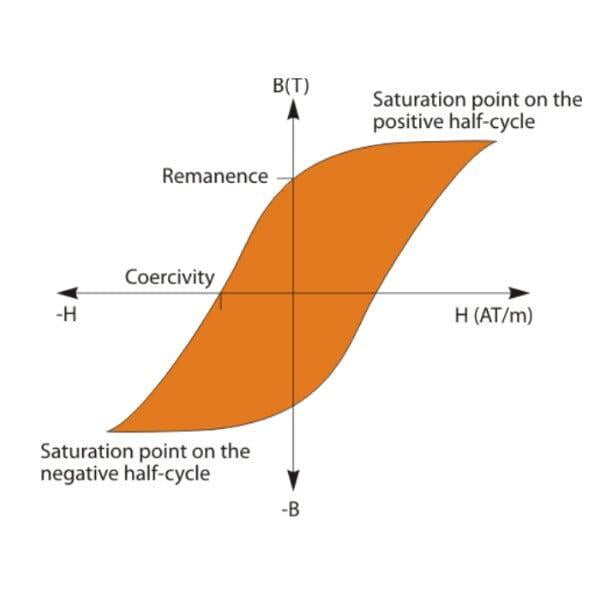
The total hysteresis loop looks like this and will continue as long as the supply is switched on.
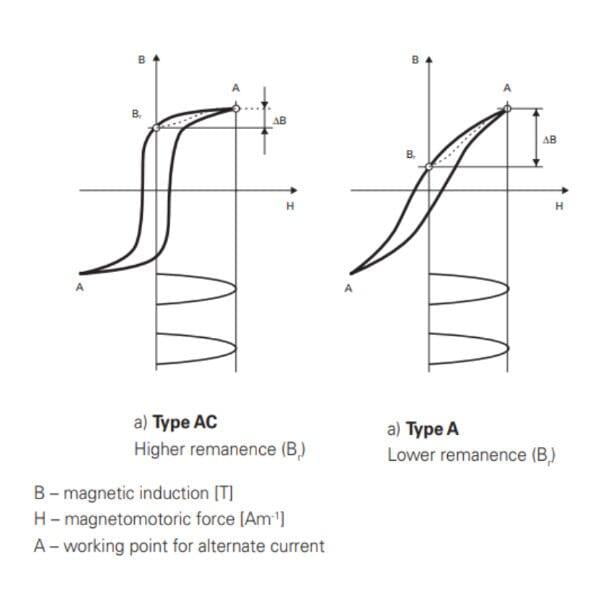
The remanence is one of the fundamental differences between the hysteresis curves of materials for Type AC and Type A RCDs.
Type AC RCDs rely on the ‘out of balance’ (residual) current being AC in nature and of similar frequency to the nominal – for example 50 Hz. This AC residual current will result in an AC magnetic field producing an emf being induced into the trip coil.
If the residual current is of higher frequency or of DC in nature, then this will affect the performance of the device. Higher frequencies may mean that the residual current does not collapse fast enough before the rise in the opposite direction. DC currents will also prevent the magnetic core from de-energising as it does not travel between positive and negative cycles.
In both these scenarios – ‘saturation’ of the magnetic circuit is preventing any induction of an emf into the trip coil. This will result in the device becoming insensitive by a phenomenon the manufacturers refer to as “blinding”.
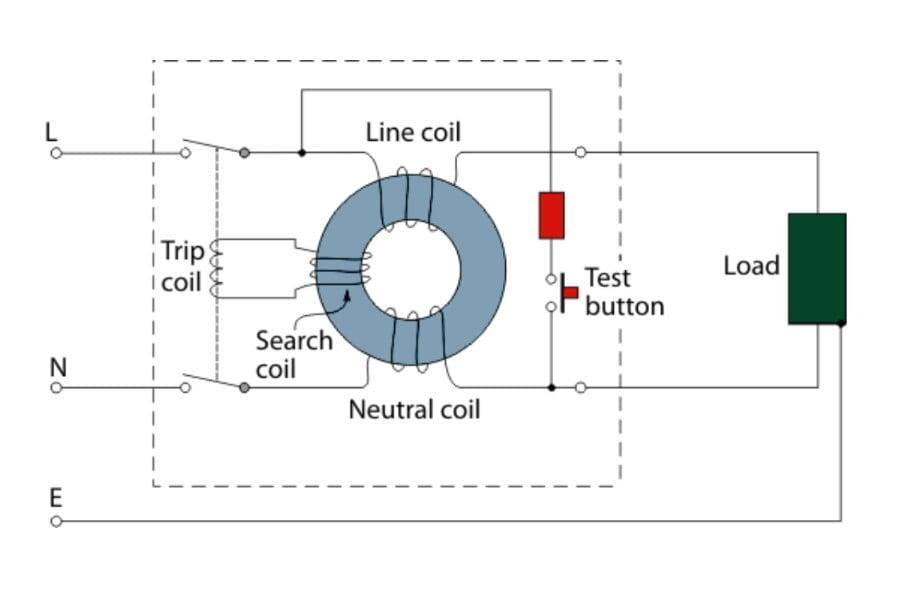
Manufacturers recommendations
The two example hysteresis loops below are from Siemen’s RCD guide and illustrate the impact of DC residual current on core magnetization of summation transformer for Type AC and A RCDs.
The DC residual current (I∆DC) flowing via the RCD shifts the working point of the transformer on the H axis.
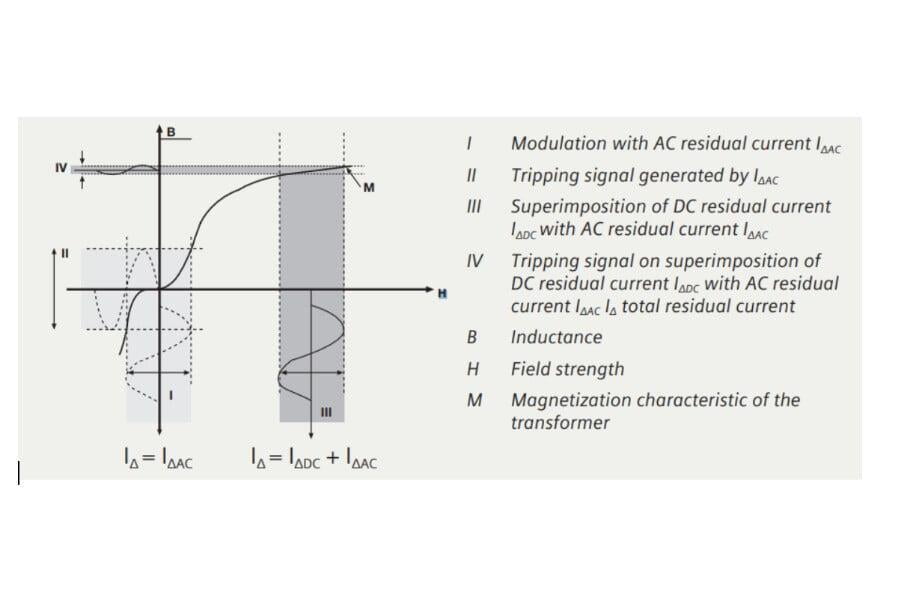
What exactly is general purpose?
So if type AC RCDs are suitable for general purpose according to BS 7671:2018 Regulation 531.3.3, what does this mean?
General purpose assumes regular linear loads with resistive, capacitive and inductive elements. Such as water heaters, showers, ovens and halogen lamps.
However, modern appliances have evolved and often include electronics which introduce the potential for DC faults.
- Washing machines with D.C. motors
- LED lighting
- Lighting controls/dimmers
- Induction hobs
- Electric vehicle charging points
- Single phase invertors
- IT and multimedia equipment
- USB charging sockets
Any of these items of electric equipment may result in DC residual current up to 6mA in value following insulation failure within their construction.
